[IMPORTANT: Make this 4 times longer with much more detail]
Essay America Is Locked in a New Class War Money and education no longer explain voting patterns. January 7, 2025, 12:04 AM Comment icon View Comments ( 10 ) Tooze-Adam-foreign-policy-columnist16 Adam Tooze By Adam Tooze , a columnist at Foreign Policy and director of the European Institute at Columbia University. Sign up for Adam’s Chartbook newsletter here . An illustration shows three tiers of classes, working class on the lowest with a bike messenger, a construction worker, a hotel worker, and a waiter; the second tier shows the professional-managerial class with a doctor, a graduate, and a man with a briefcase; the top layer shows two men golfing. Between them is a Donald Trump in a champagne coupe. Álvaro Bernis illustration for Foreign Policy My FP: Follow topics and authors to get straight to what you like. Exclusively for FP subscribers. Subscribe Now | Log In United States Exit polls from the U.S. presidential election indicated an approximate 15-point swing toward Donald Trump among voters earning less than $50,000 a year, the poorest block of voters in the United States. For the first time since the 1960s, a majority of Americans in that low-income bracket voted Republican. At the other end of the scale, the most affluent voters shifted to the Democrats. According to voter surveys and exit polls, Vice President Kamala Harris scored a majority of votes from those making above $100,000 a year—the top third of the income distribution. One might wonder whether this means that the materialist class analysis of the classic kind has been turned on its head. Are we witnessing a fundamental realignment? Or is it even helpful to think in terms of “classes” voting? As the historian Tim Barker has remarked about last year’s election, “Perhaps the safest thing to say is that the working class, as a class, didn’t do anything. The vote is evidence of dealignment , not realignment: voters below $100,000 split basically down the middle.” E xit polls from the U.S. presidential election indicated an approximate 15-point swing toward Donald Trump among voters earning less than $50,000 a year, the poorest block of voters in the United States. For the first time since the 1960s, a majority of Americans in that low-income bracket voted Republican. At the other end of the scale, the most affluent voters shifted to the Democrats. According to voter surveys and exit polls, Vice President Kamala Harris scored a majority of votes from those making above $100,000 a year—the top third of the income distribution. The Winter 2025 FP magazine cover includes an illustration of Donald Trump holding segments of a broken rollercoaster as cars go through a loop above his head. A headline says: Trump World. This article appears in the Winter 2025 issue of Foreign Policy magazine. Trending Articles Trump’s Ambitious Week One Agenda He has pledged to take immediate action on issues from border security to trade. Powered By Advertisement Trump’s Ambitious Week One Agenda X One might wonder whether this means that the materialist class analysis of the classic kind has been turned on its head. Are we witnessing a fundamental realignment? Or is it even helpful to think in terms of “classes” voting? As the historian Tim Barker has remarked about last year’s election, “Perhaps the safest thing to say is that the working class, as a class, didn’t do anything. The vote is evidence of dealignment , not realignment: voters below $100,000 split basically down the middle.” Clearly, there is a blurring of once established social and political boundaries. But does this mean that we have to abandon class analysis altogether? I think not. All too often when materialist analysis is applied, it is a byword for crude simplification. What is actually called for to fulfill the promise of materialist analysis is almost painstaking attention to detail and something akin to a novelist’s flair for atmosphere. At the very least, in analyzing the U.S. political scene, we have to allow for a three-class rather than a two-class model. On one side, you have what you might call the working class. Let’s define that in terms of dependent employment—working for somebody else, earning a relatively low income, and enjoying little or no control over one’s work, all of which tends to go hand in hand with relatively less education. On the other, you have what you might call the rich, the upper class, who enjoy not just higher incomes but wealth and power and the security that goes with that. In the Marxist sense, they may actually literally control the means of production—a big hotel, a factory, a retail outlet, a fast food franchise. But you can’t understand the politics of the United States right now unless you acknowledge that there’s a third social class, what Barbara and John Ehrenreich called the Professional-Managerial Class , or PMC, whose members are credentialed by the education system, occupy positions of authority within the economy and society at large, and exercise control—directly, often—over working-class Americans. You can’t understand the politics of the United States right now unless you acknowledge that there’s a third social class, the Professional-Managerial Class, which exercises control over working-class Americans. That starts at the beginning, in kindergarten or elementary school, where you have a college-educated person taking charge of working-class kids. By the time you get to elementary school and middle school, it is not just the parents but the children themselves who are making formative experiences that can shape subjectivity for life. In modern society, the PMC is everywhere, starting in the hospital where your kids are born and your parents die, from the folks who regulate what you can build in your front yard to those who run the human resources department where you work. The entire apparatus of managerialism is activated and managed by the PMC. Once you’ve gotten this thoroughly materialistic three-part schema in place, you can more easily understand the dynamics that are in play in the confusing configuration of class forces around Trump. The stereotypical working-class Trump voter admires Trump as the bullying, freewheeling rich dude that he is, in part because he clearly scorns the PMC. The billionaire businessman and his cronies exercise the privilege of having done well by speaking their mind and doing their own thing. Above all, what they’re allowed to do is flaunt and show disrespect and scorn for the values of the professional middle class, which the rich folks can spit on and working-class people suffer from. Trump and Co. say out loud what many ordinary Americans think. They aren’t afraid to say they don’t share the values of the PMC, starting with the schoolteacher and the librarian all the way up to the Ivy League professor and the folks on television who want to talk about transgender rights or structural racism or climate change. This is not anti-materialist or a refusal of materialism. It’s a very specific set of resentments, deeply embedded in the everyday experience of tens of millions of working-class Americans. If you start from this point of view, is it really hard to understand why working-class men are not keen to vote for fancy, high-powered lawyers like Harris as candidates for the Democratic Party? The distaste is compounded by the fact that the fancy female lawyer treats Trump as if he’s a buffoon. One of Harris’s most successful punchlines, as far as the New York Times -reading class was concerned, was the retort “I’m speaking now” when Mike Pence tried to interrupt her during the 2020 vice presidential debate. What her supporters read as an appropriate assertion of authority scanned for others as a typical assertion of PMC authority. Is it really surprising that white women without college degrees preferred Trump over Hillary Clinton in 2016 and then Harris by 27 and 28 percentage points, respectively? Imagine you are in an average American high school and two kids throw a party. One is the state spelling bee champion on her way to a fancy college. The other is the son of a local businessman who knows how to have a good time and may also be on his way to a fancy college but certainly isn’t going there on merit. Which party would you expect the less academically ambitious kids in the class to show up at? How is this even a question? The very fact that American liberals find this obvious social geography of gender, sexuality, class, and educational merit so hard to navigate is itself deeply telling. The PMC struggles to see beyond the bounds of its own conceits, especially concerning merit and appropriate social and political order. The virtue of the norms it defends is simply obvious. One of the reasons why we can’t see this powerful three-way split is that it’s very badly captured by the statistics that we have to rely on. It’s really appalling how inadequate the sociological data is on U.S. elections. We have to rely on two axes to do almost all the work. One is college-educated versus non-college-educated, and the other is a crude, three-way split in income bands: below $50,000, $50,000 to $100,000, and $100,000-plus. It is telling that if you just combine those two elements, you end up with something quite informative, which is that for men without college degrees, there is a huge propensity to vote Trump among those with more than $100,000 in annual income. This is the boy who did not thrive academically in high school but nevertheless does well in a skilled manual job or as a small-business owner. The one thing that this man knows for certain is that he succeeded despite the dominant values of the PMC. There are also important lessons here about the politics of welfare. The liberal approach to addressing inequality in the United States has focused on redistributing the gains of economic growth through taxation and the provision of government benefits. But this often fails to consider the class politics involved in being on the receiving end of such transactions. The liberal approach to addressing inequality in the United States has focused on redistributing the gains of economic growth. But this often fails to consider the class politics involved in being on the receiving end of such transactions. When people in states like West Virginia and Tennessee vote in a way that suggests they do not want to be Medicaid recipients, they should be taken seriously. In 2023, the economist J. Bradford DeLong wrote , “Social democracy’s problem was that most people did not want to be passive recipients of government benefits; rather, they wanted the social power to earn (and hence to deserve) their slice of the growing pie.” They instead want a strong economy in which they can earn what they deserve and so be able to stand on their feet and buy health insurance. There is a social ideal at work here, one that traces directly to the tripartite class structure of American society. The ultimate aspiration of many of the Trump working-class voters is self-employment because self-employment gives you the means to both assert independence and break out of the constraints—which are very material as well as cultural—of the professional middle class and its assumptions about norms and values. A welfare system that embraces the vast majority of the population and offers a general view of uplift may be one that is precisely not centered on the state or even on government. Rather than providing material benefits in the form of redistribution, it may require focusing on improvising social standing in the first place. This extends to the embrace by conservatives such as Oren Cass of the organized labor movement. Their support for initiatives such as sectoral bargaining is part of a push to give working-class Americans a more robust and resilient social position in the economy. But conservatives also seek to separate this reformism from the liberal values espoused by the PMC. They believe that a better material bargain that allows people to freely express whatever political opinions they want will actually unleash a popular conservatism. This remains a fantasy, of course. Trump is most unlikely to bring about a strengthening of U.S. trade unions. But these glimpses into the conservative imagination illuminate the need for a more refined and complex understanding of the socioeconomic and cultural hierarchies at work in the 2024 election—and at work in the liberalism of the PMC, our liberalism. This article appears in the Winter 2025 issue of Foreign Policy magazine. Thanks for supporting our journalism. This article appears in the Winter 2025 issue of Foreign Policy magazine. Subscribe now to support our journalism. Adam Tooze is a columnist at Foreign Policy and a history professor and the director of the European Institute at Columbia University. He is the author of Chartbook , a newsletter on economics, geopolitics, and history. X: @adam_tooze Read More On Demography | Donald Trump | Kamala Harris | U.S. 2024 Election | United States Join the Conversation Commenting on this and other recent articles is just one benefit of a Foreign Policy subscription. Already a subscriber? Log In . Subscribe Subscribe View 10 Comments Join the Conversation Join the conversation on this and other recent Foreign Policy articles when you subscribe now. Subscribe Subscribe Not your account? Log out View 10 Comments Join the Conversation Please follow our comment guidelines , stay on topic, and be civil, courteous, and respectful of others’ beliefs. You are commenting as . Change your username | Log out Change your username: Username I agree to abide by FP’s comment guidelines . (Required) Confirm CANCEL Confirm your username to get started. The default username below has been generated using the first name and last initial on your FP subscriber account. Usernames may be updated at any time and must not contain inappropriate or offensive language. Username I agree to abide by FP’s comment guidelines . (Required) Confirm




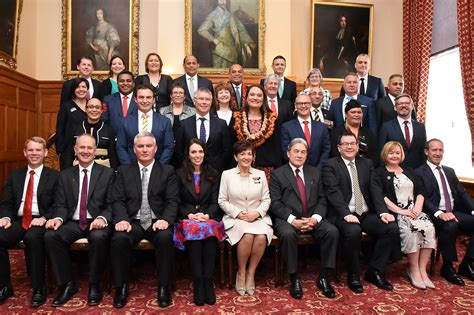
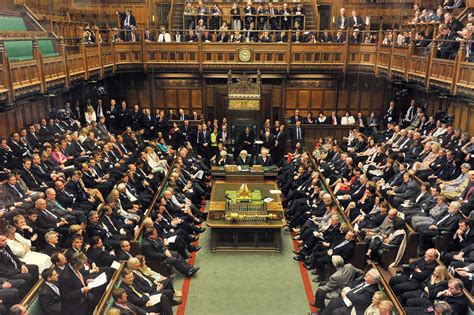
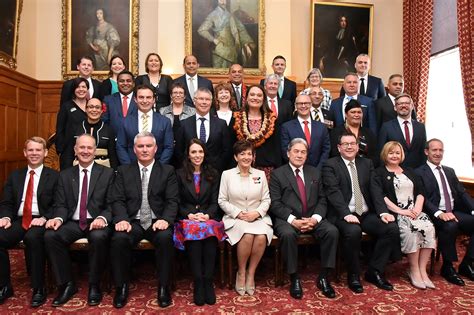
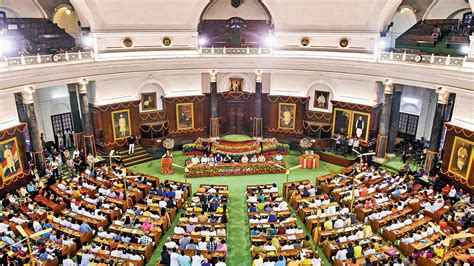
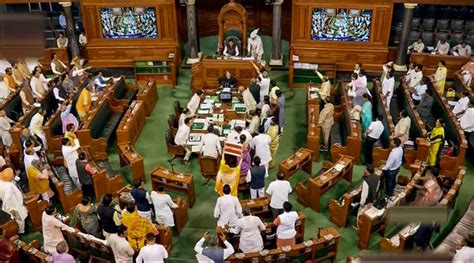
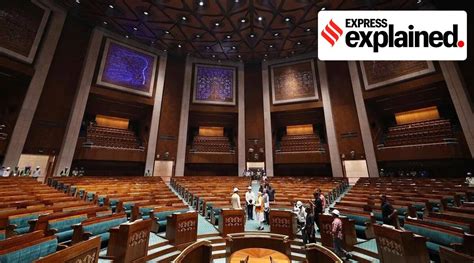

Leave feedback about this